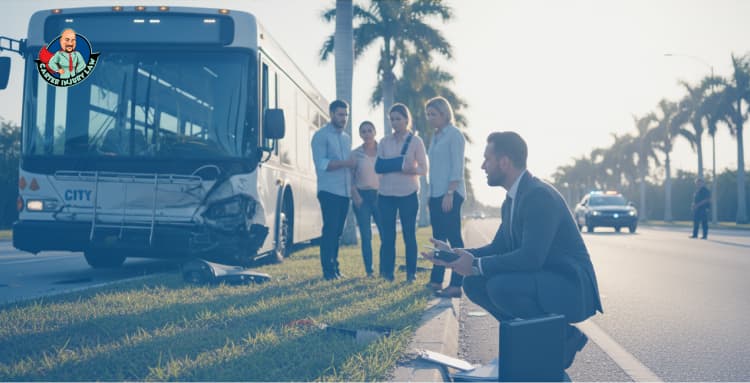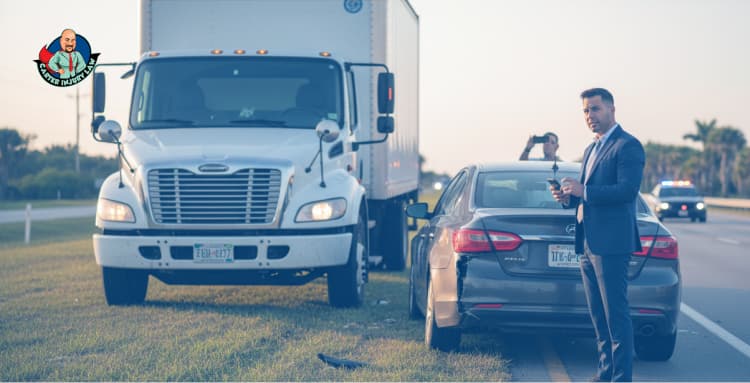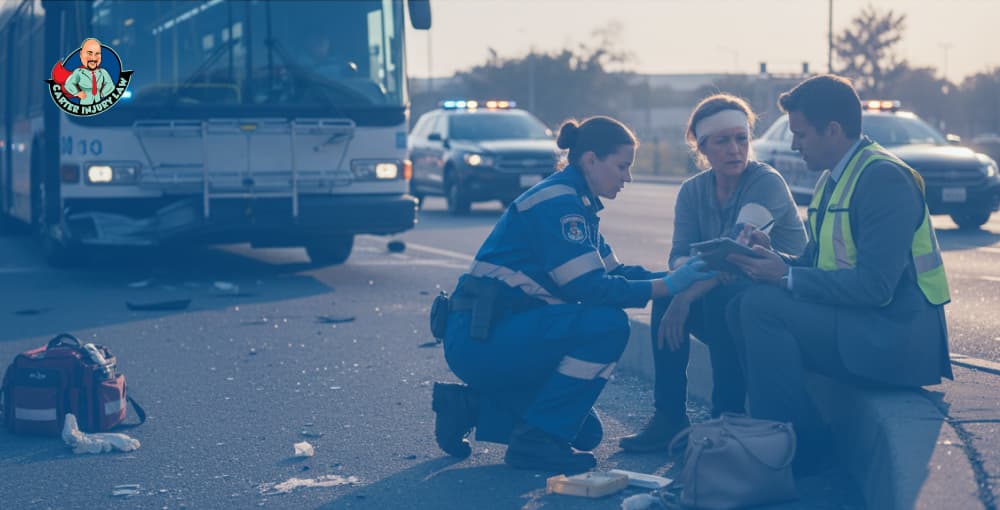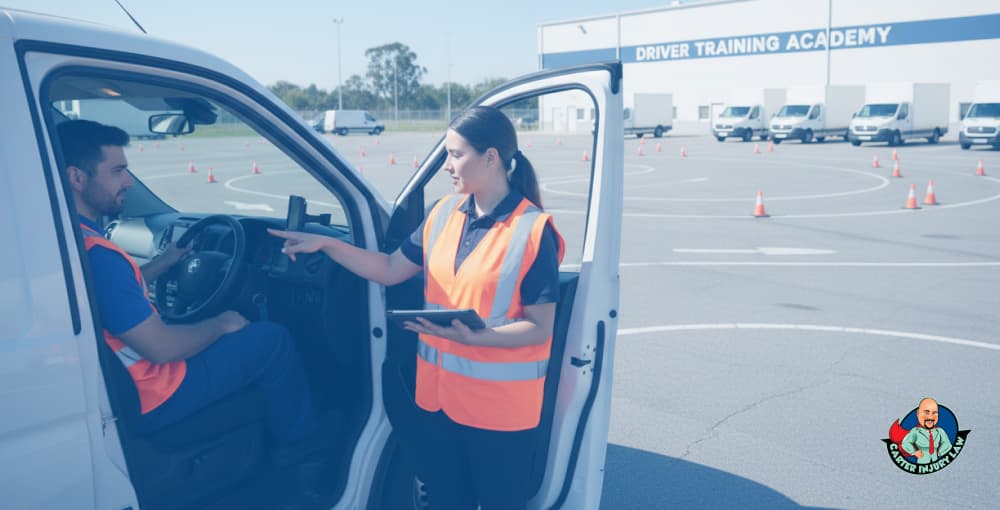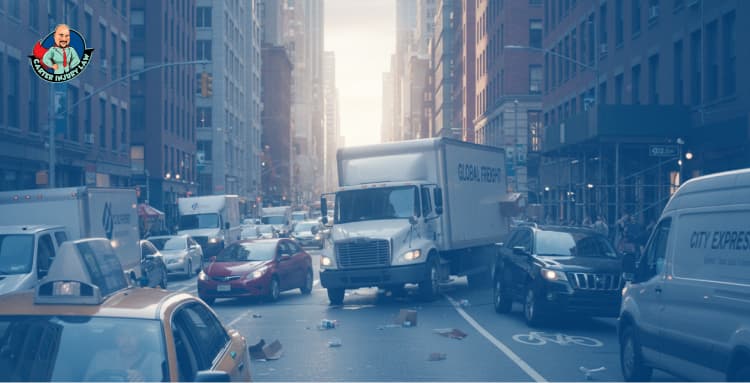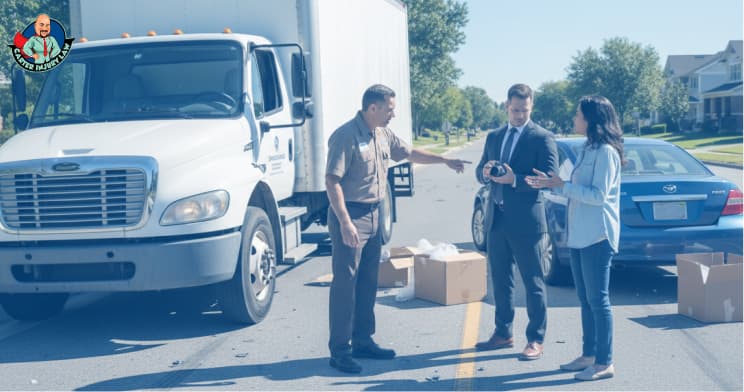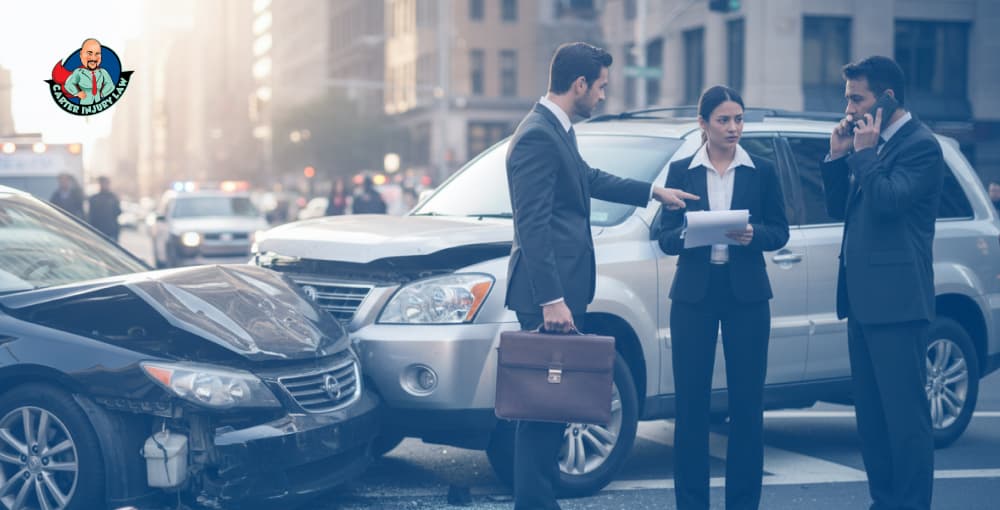Florida’s roads look ordinary, but they run on unwritten rules. A driver eases through a crosswalk, assuming pedestrians will wait. A pedestrian steps off the curb, assuming the law is on their side. Both are wrong. Both are one assumption away from disaster.
These aren’t just bad habits. They are myths, passed along like folk wisdom, shaping how millions navigate streets that already rank among the deadliest in the country. Nearly 6,000 pedestrians die in traffic accidents nationwide each year, and Florida consistently sits near the top for pedestrian fatalities (NHTSA, Traffic Safety Facts).
Some of these myths sound harmless, even logical. Others feel like common sense, too ingrained to question.
The problem is that common sense rarely survives impact. Once you learn which safety rules aren’t really rules at all, Florida traffic looks less like a road and more like a minefield waiting to be mapped.
1) Myth 1: "Pedestrians Always Have the Right of Way"
The phrase sounds like armor. Step into the street, and drivers must stop. In reality, Florida law draws sharper lines. Yes, drivers are expected to yield at marked crosswalks, yet pedestrians can’t simply walk out mid-traffic and claim legal protection. The right of way is conditional, not absolute.
Court records show how quickly assumptions unravel. A driver turning right at a green light collides with a pedestrian rushing across without looking. The driver insists they had the signal. The walker insists the law was on their side. Both end up wrong in different ways. Responsibility is rarely one-sided, and that’s where the confusion begins.
These blurred edges matter because crosswalks are often treated like invisible force fields. They aren’t, and the numbers reveal how dangerous that belief can get.
2) Myth 2: "Crosswalks Are Safe Zones"
The white stripes look official, like painted promises of protection. Drivers see them as mandatory stop signs, pedestrians see them as an automatic shield. Reality is messier.
Take a busy intersection in Tampa, Florida. A car in the nearest lane stops for a pedestrian, while a second car in the next lane barrels through. The walker steps forward, assuming all traffic will halt, and the outcome is disastrous. Crosswalks are signals, not guarantees, and they rely on every driver seeing, reacting, and respecting the rules at the same time.
Night adds another layer. Streetlights create pockets of glare that hide movement. A pedestrian dressed in dark clothes blends into the background until headlights catch them too late. Even during the day, distractions shift the odds. A driver fiddling with GPS or glancing at a text may not register the crosswalk until someone is already standing in it.
Studies show that almost 70% of pedestrian fatalities in urban areas happen at intersections, even with marked crosswalks (CDC, Pedestrian Safety Facts). Paint on asphalt is not a force field, no matter how much you trust it.
Florida law makes it clear that drivers must yield, yet pedestrians are expected to cross responsibly. Stepping out suddenly or outside a marked area changes liability in ways that surprise many after an accident. The idea of a safe zone dissolves quickly once lawyers and insurers start measuring timing, distance, and visibility.
This false sense of protection doesn’t stop at the paint. It feeds into another common misconception, walking against traffic automatically makes you safe.
3) Myth 3: "Walking Against Traffic is Safe"

Walking against traffic seems like a simple rule, an automatic safety net. It improves visibility, yet it does not make pedestrians invincible. Turning vehicles, drivers distracted by phones, and sudden lane changes can still create serious hazards.
Florida law expects pedestrians to make careful choices. Facing traffic helps, but it does not remove responsibility or guarantee safety. Accidents still happen when walkers assume they are fully protected.
This misconception sets the stage for another widespread danger: distracted driving, which affects both pedestrians and motorists in ways most people underestimate.
4) Myth 4: "Distracted Driving Only Endangers Drivers"
Many people assume distracted driving affects only the driver. The truth is that pedestrians often bear the consequences. Phones, navigation systems, and even quick glances at a dashboard take attention away from the road, and a single lapse can turn a routine walk into an accident.
Florida crash reports show that a significant portion of pedestrian accidents involve distracted drivers. These incidents are not limited to busy intersections; they happen on quiet streets, near schools, and even in residential neighborhoods where walkers feel safe.
A study by the National Safety Council found that driver distraction contributes to nearly 1 in 5 motor vehicle fatalities, including those involving pedestrians, highlighting how inattention on the road directly affects walkers (National Safety Council).
Pedestrians can take steps to reduce risk and protect themselves. Making eye contact with drivers, wearing visible clothing, avoiding sudden movements, and using crosswalks responsibly all improve safety. Staying aware and predictable can also help establish legal clarity if an accident occurs.
Even careful walkers are vulnerable when drivers are distracted. The next challenge comes after dark, when visibility drops and risk increases, exposing another common misconception about nighttime walking.
5) Myth 5: "Nighttime Walking Isn’t That Dangerous"
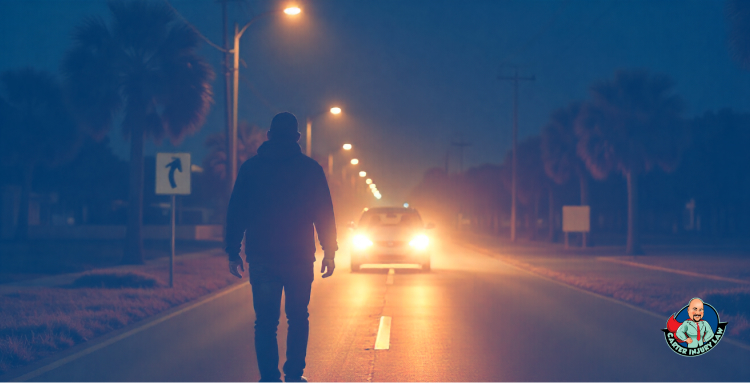
Pedestrians often assume that reduced traffic at night makes streets safer. In reality, Florida sees a spike in pedestrian injuries between sunset and midnight. Lower visibility, faster-moving vehicles, and inattentive drivers all contribute to increased risk.
Common misconceptions that make night walking seem safe:
Visibility is always sufficient, even without reflective clothing.
Streetlights alone guarantee safety at intersections and crosswalks.
Wearing dark or neutral clothing does not increase risk significantly.
Courts consider lighting and visibility carefully in pedestrian injury cases. Judges and juries examine whether a pedestrian took reasonable precautions, including choosing well-lit routes, wearing visible clothing, and crossing at marked locations. These factors influence liability and insurance outcomes.
Understanding nighttime risks naturally leads to a broader legal perspective. Misjudged assumptions about right-of-way, crosswalks, walking direction, distracted drivers, and night visibility all intersect when liability is determined. The next section explores how myths collide with Florida law and what that means for pedestrians and drivers alike.
6) When Bad Myths Collide With Florida Law
Pedestrian safety myths do more than create confusion on the street. They directly affect insurance claims and legal outcomes. When a walker assumes right of way or crosses carelessly, insurance companies may argue contributory negligence. At the same time, drivers who ignore crosswalks or drive distracted can face serious liability. How each party acts can determine fault and the compensation victims may receive.
Florida statutes set clear expectations for both sides. Drivers must exercise due care, yield to pedestrians in marked crosswalks, and anticipate potential hazards. Pedestrians are expected to stay alert, cross safely, and avoid sudden moves that put themselves at risk. Courts weigh these responsibilities closely, looking at how both actions contributed to an incident.
Carter Injury Law works with victims to address these myths and protect their rights. The firm helps ensure claims reflect actual circumstances, supporting fair outcomes and proper compensation.
See how other accidents happen and what steps can protect you.
What Should I Do If I Drive Someone Else’s Car and Get Involved in an Accident?
Dog Bites in Florida: What You Need to Know About Your Rights
7) Smarter Moves for Walking and Driving Without the Myths
Safer streets start with simple, practical steps. Pedestrians and drivers can reduce risk by staying alert, following traffic rules, and making predictable choices. Small adjustments often prevent accidents before they happen.
Ways to stay safer include:
Use marked crosswalks and wait for clear gaps in traffic.
Wear visible or reflective clothing, especially at night or in low-light conditions.
Limit distractions such as phones, earbuds, or multitasking while moving.
Learn local traffic laws and city codes to understand rights and responsibilities.
Even with caution, accidents can happen. Carter Injury Law supports victims in these situations, ensuring rights are protected and proper compensation is pursued.
8) Trust Carter Injury Law to Turn Myths Into Legal Clarity
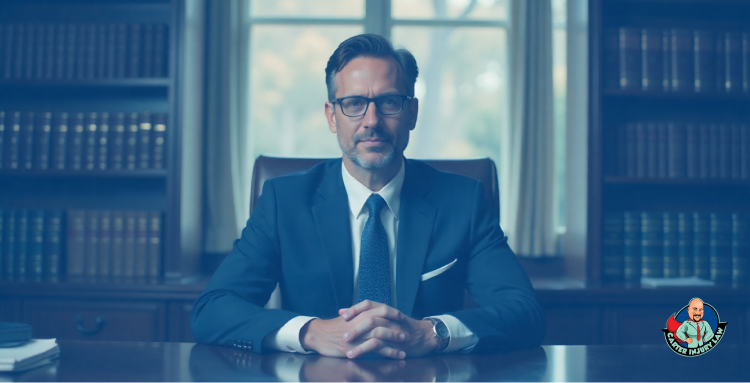
Pedestrian safety is becoming more complicated every day. Busy Miami intersections, crowded urban streets, and even the arrival of self-driving vehicles create new hazards that demand attention from both drivers and walkers.
We help anyone affected by pedestrian accidents caused by these common myths. We investigate every case, explain your rights clearly, and fight to secure fair compensation for medical bills, lost income, and other damages. Best of all, we work on a contingency fee basis, which means there’s no cost unless we win for you.
If you or a loved one is injured despite taking precautions, don’t wait. Contact Carter Injury Law to protect your rights and turn confusion into clarity.




